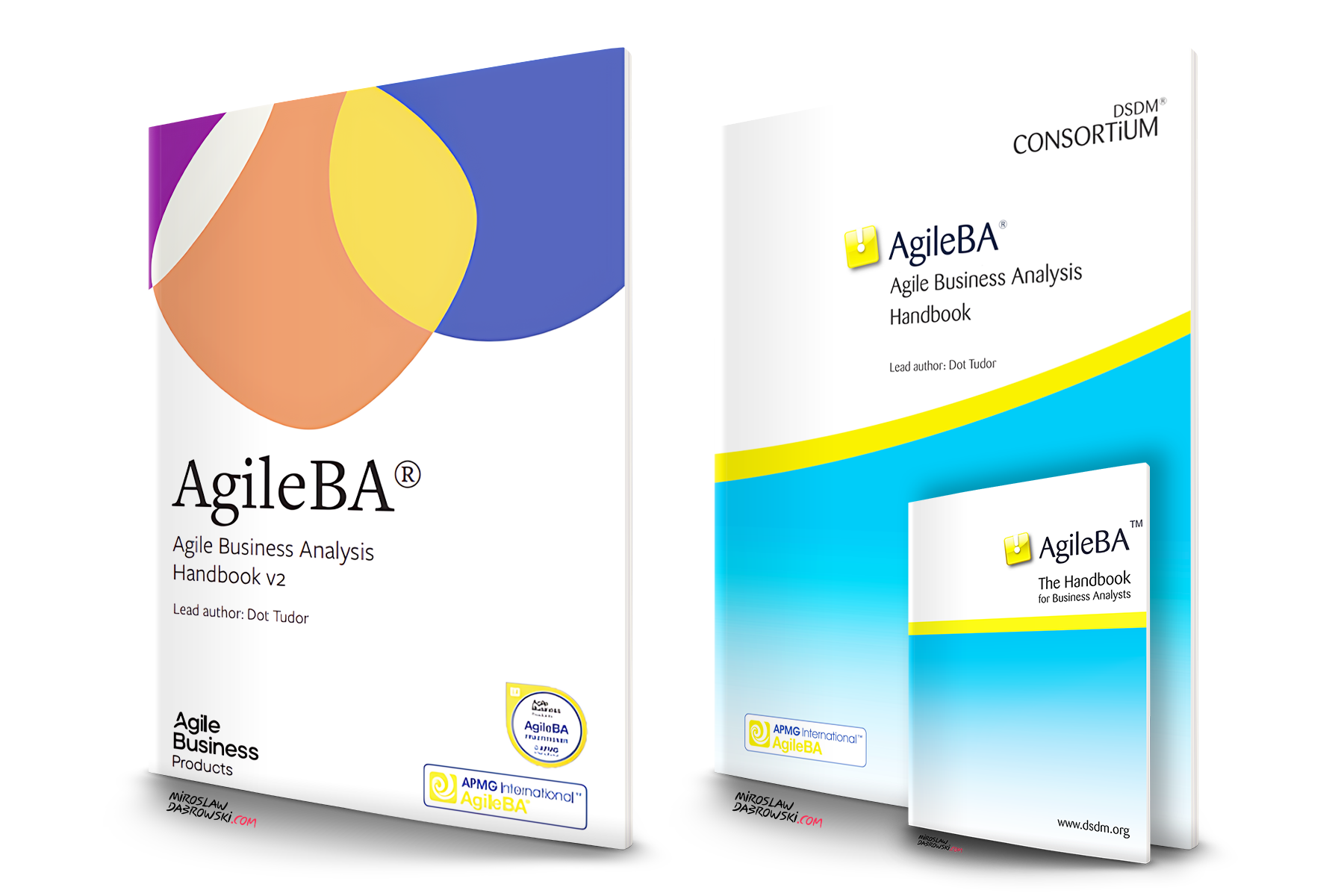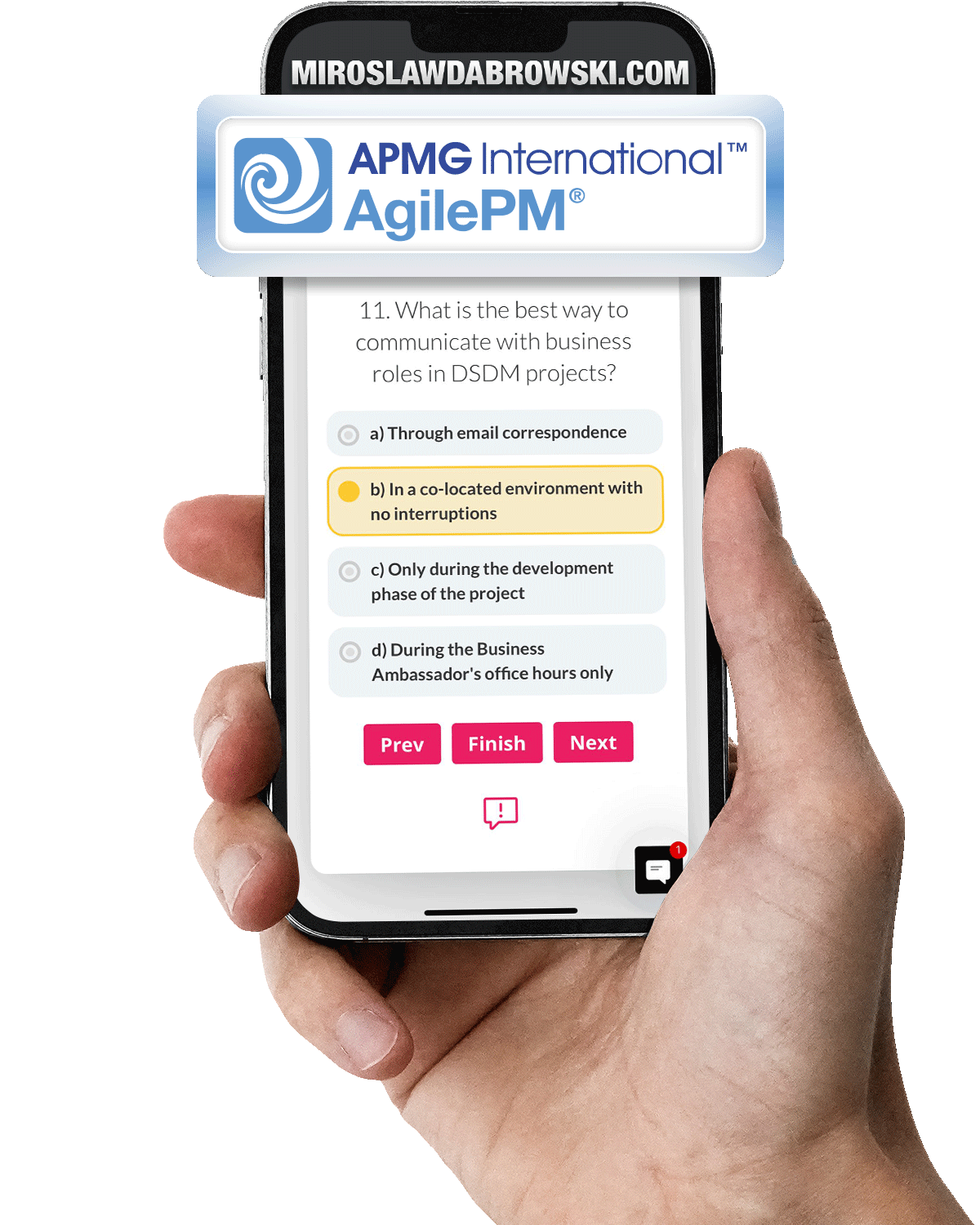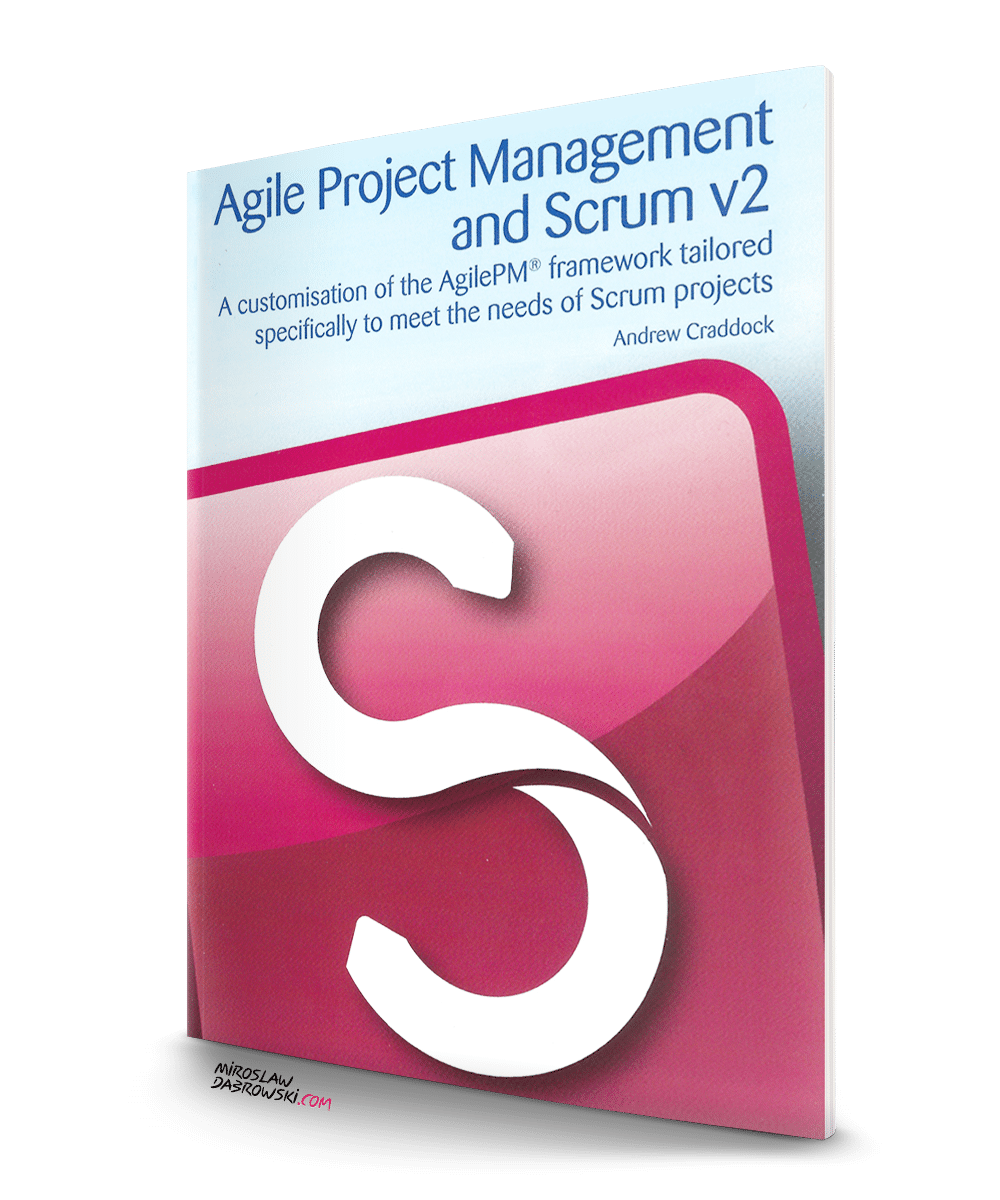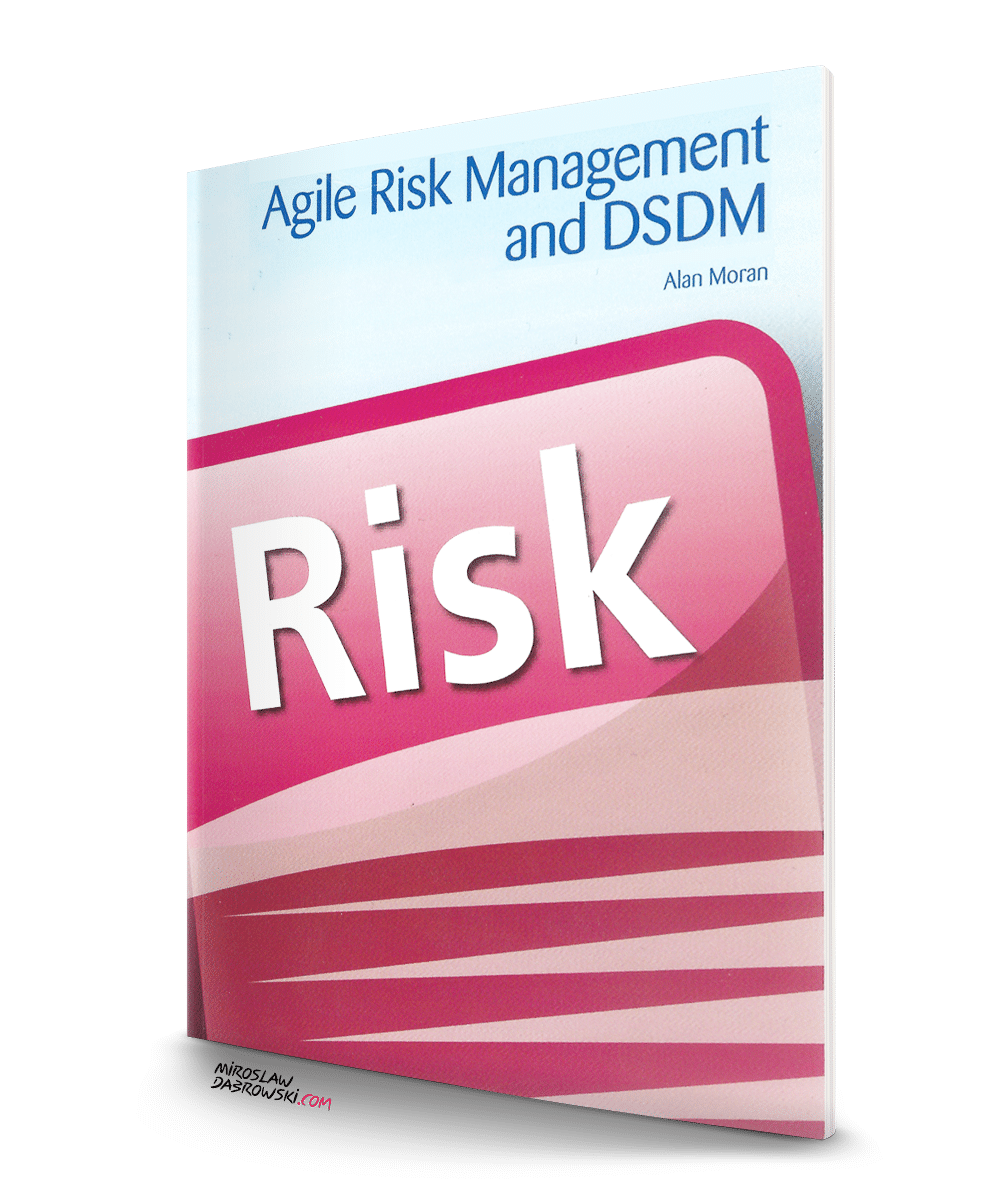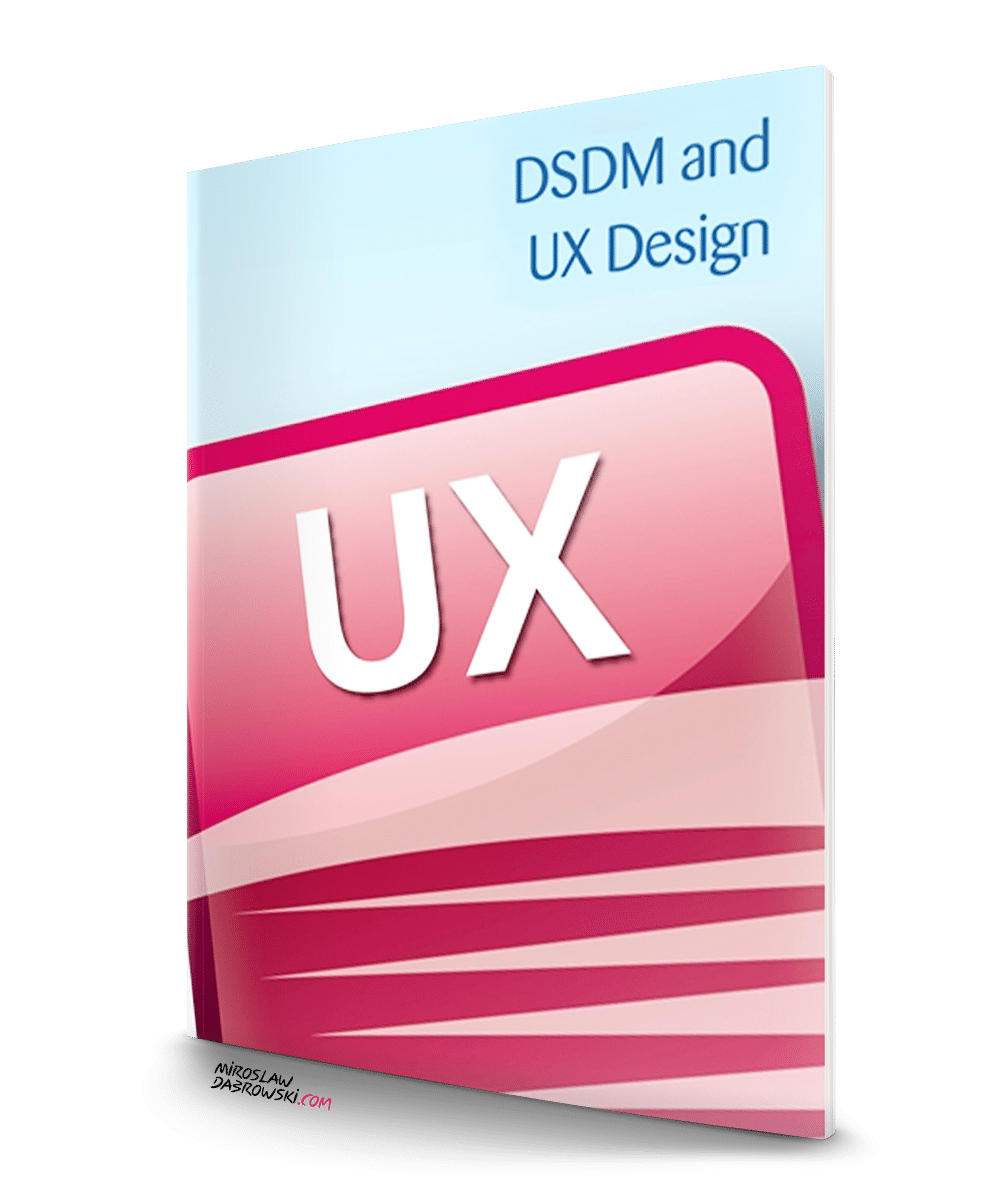AgileBA® (Agile Business Analysis) is a collection of best practices related to business analysis in organizations and projects that employ agile or hybrid approaches to project delivery. AgileBA expands upon the DSDM Agile Project Framework (DSDM – Dynamic Systems Development Method), extending this framework with a set of practices, techniques, and tools dedicated to the roles of Business Analysts and System Analysts. AgileBA guides conducting business analysis efficiently throughout the project lifecycle. This approach highlights the role of the Business Analyst, their responsibilities, and their relationships with project stakeholders.
Agenda
- What is Agile, DSDM, and AgileBA
- The philosophy and principles of AgileBA
- Roles and responsibilities in the AgileBA methodology
- Project preparation
- AgileBA project lifecycle, project phases, and management products (artefacts)
- Delivering on time – prioritization and Timeboxing
- People, Teams, and interactions
- Requirements and user stories
- Estimating and measuring progress
- Agile project planning
- Maintaining quality
- Risk management
- Adapting the AgileBA method to project conditions and organization
- Guidance for individuals taking the AgileBA Foundation exam
Participants
- Business and System Analysts
- Agile business Business and System Analysts
- Agile project managers
- Project team managers
- Team leaders in development teams
- Management and employees of IT service companies
- Business analysts and system analysts working in agile environments
- Programmers working in agile environments
- Testers working in agile environments
- Anyone interested in understanding the differences between three popular approaches: PRINCE2, PRINCE2 Agile, and AgilePM
- Anyone interested in applying the AgileBA methodology in practice
- Anyone interested in preparing for the AgileBA Foundation certification
Learning Goals
- Understanding the application and utilization of techniques and tools used in projects following the DSDM approach,
- Ability to select elements of the DSDM methodology depending on the situation,
- Efficient project management,
- Understanding the need for effective communication between the client and the development team,
- Ability to allocate roles and responsibilities,
- Acquiring skills to prioritize requirements, enabling timely project completion while maintaining the quality of the delivered product,
- Acquiring skills to tailor solutions to meet client needs, thereby significantly reducing the risk of delivering the wrong solution (i.e., one that meets acceptance criteria but is no longer needed by anyone at the time of delivery),
- Understanding the principles of collaboration between stakeholders facilitates easier implementation of the product for use.
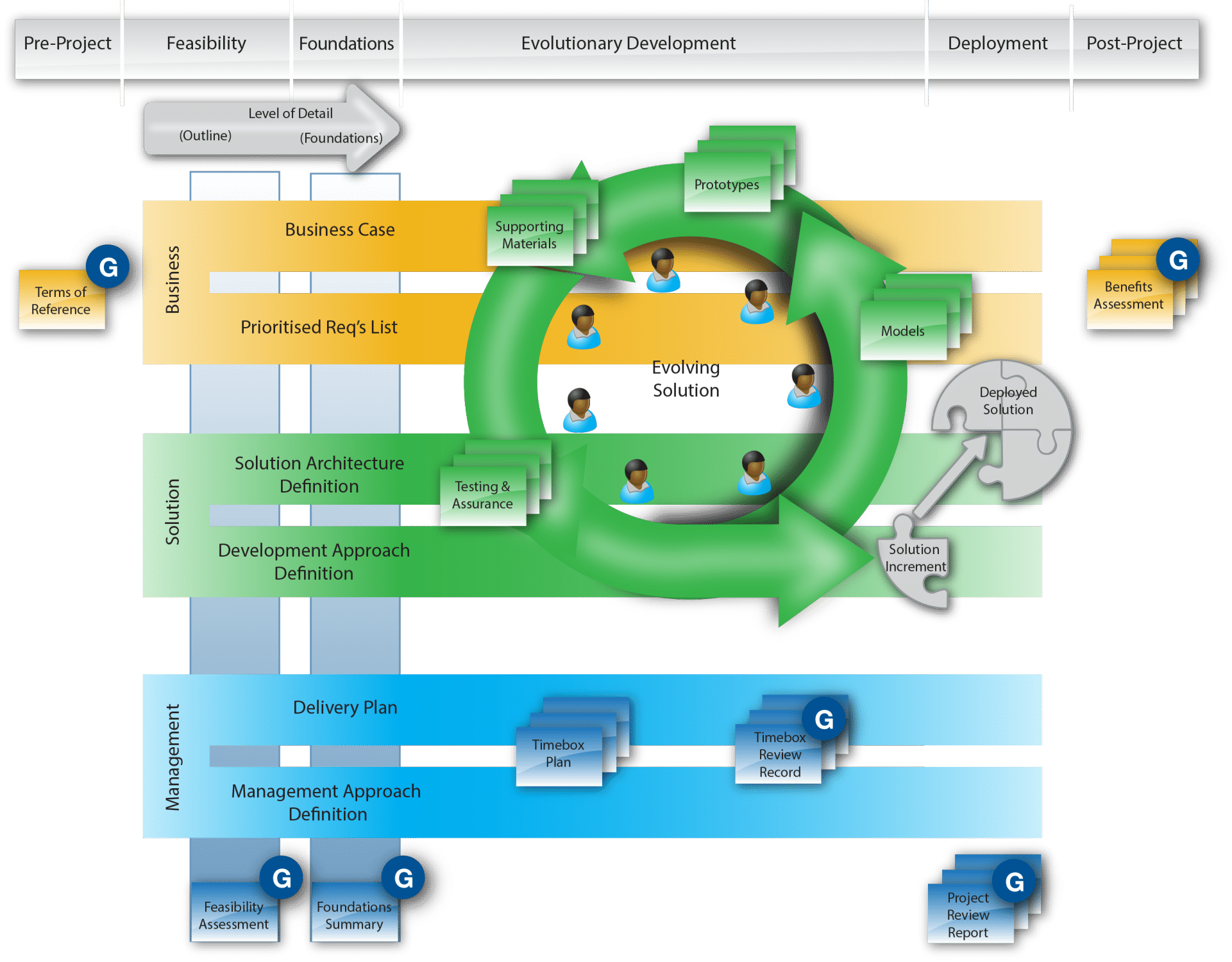
Miałem przyjemność uczestniczyć w szkoleniu prowadzonym przez Mirka. Przeprowadzone szkolenie stało na bardzo wysokim poziomie merytorycznym i było (...)
The training with Miroslaw it was a pleasure. His knowledge is very good and it is not only "book knowledge" but with many real life examples. He has (...)
I had the pleasure to participate in Miroslaw's lecture on Agile methodology couple of months ago. He definitely intrigued me with his commitment, (...)
Szkolenia prowadzone przez Mirka są w pełni profesjonalne, interesujące i bardzo praktyczne. Przygotowane przez niego materiały dodatkowe oraz liczne (...)
Miroslaw has provided a Prince2Agile training for my company, which I have attended. His training was a top-notch, very professional and good fun all (...)
Uczestniczyłem w szkoleniu z ITIL prowadzonym przez Mirka. Jest to świetny trener, osoba z ogromną pasją i doświadczeniem. Z checią odpowiadał na (...)
Miałam okazję uczestniczyć w szkoleniu PRINCE2 prowadzonym przez Mirka. Metodologia dość ciężka w odbiorze natomiast dzięki prowadzącemu całość (...)
Mirek is very highly skilled person with both deep theoretical knowledge and pragmatic approach to use it in practice. The mixture of strong theory, (...)
I had pleasure to participate in Agile PM® Foundation training led by Miroslaw Dabrowski. Mirek added a lot of practical knowledge based on real (...)

